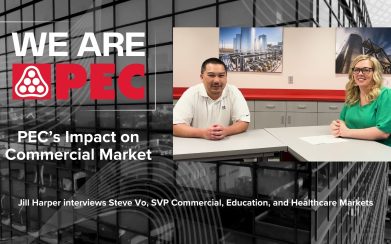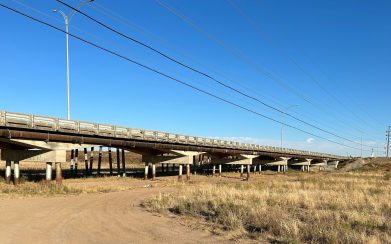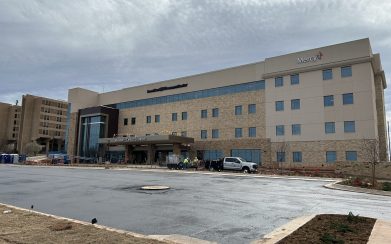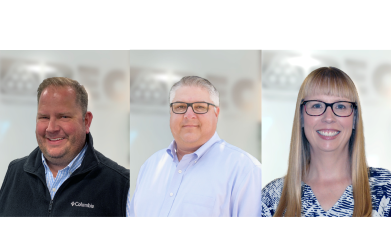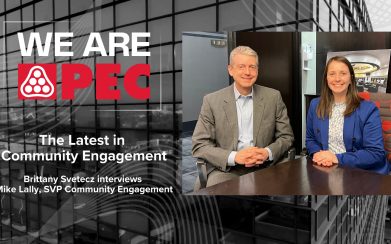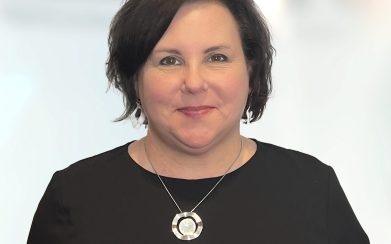Knowledge Hub
A Renewed Focus on Sustainability Services
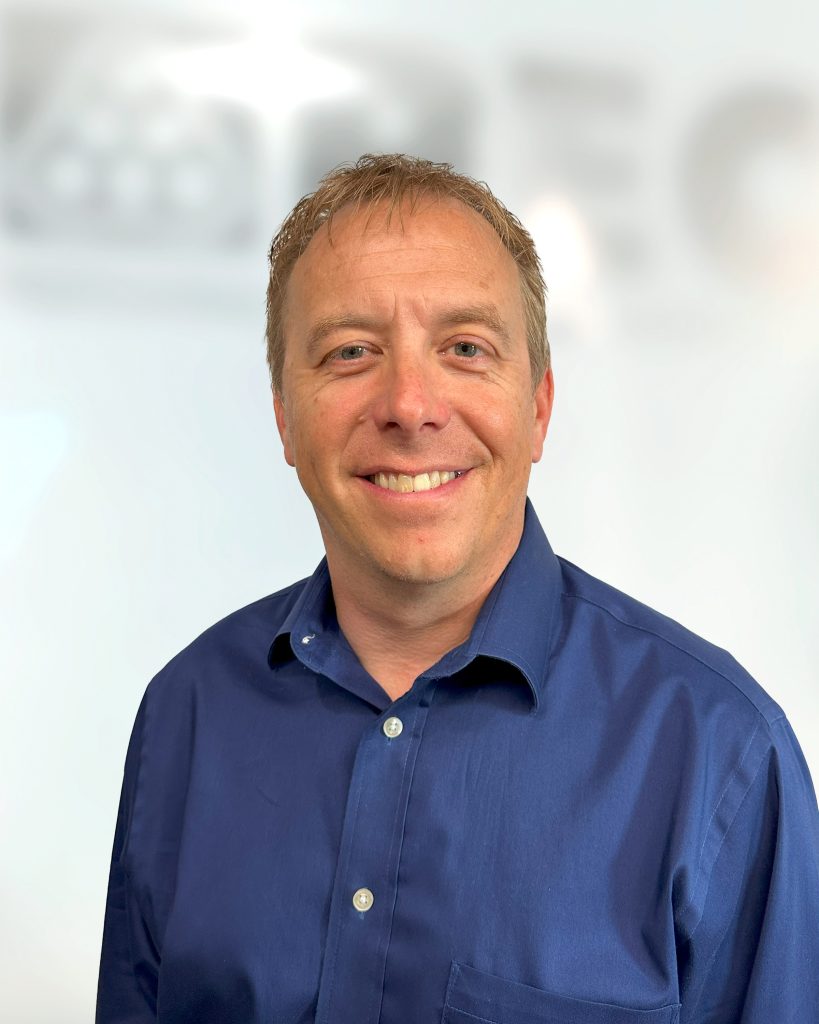 Recently, Corey Rhodes, Sustainability Services Leader, sat down with Jill Harper, Content Specialist, to talk about his new role and about how PEC is constantly learning and innovating even better sustainable solutions for its clients.
Recently, Corey Rhodes, Sustainability Services Leader, sat down with Jill Harper, Content Specialist, to talk about his new role and about how PEC is constantly learning and innovating even better sustainable solutions for its clients.
PEC: Corey, thanks for talking with me today. And congrats on your new role as Sustainability Services Leader. Can you walk me through what your new role involves?
CR: As sustainability services leader, I’m focused on trying to find ways that we can help our clients with their goals towards sustainability. We help clients consider different services including energy audits, energy assessments, and being knowledgeable about green building techniques, concepts, and strategies. It’s also about helping clients implement things that make sense for their operation and their organizational goals.
There are several incentives out there for sustainability, and we want to help our clients take advantage of what’s available to them. That’s one of my focuses early on is to really dive into these by asking good questions. What really makes sense for our clients? What can truly be achieved regarding sustainability? What’s worth spending the time pursuing and what’s not? What may make them change from their typical path because there’s enough of an incentive to do so? Being able to answer these questions will better equip our clients and our team at PEC.
Right now, we have a project with Larimer County, who has typically taken a more traditional approach from an energy and maintenance standpoint. Every day, we’re learning more about the investment tax credits and the local utility incentives as well as the state grant incentives. While we’re early in the project, it appears we will be able to lead them to a system that will be much more energy efficient utilizing incentives.
PEC: When it comes to sustainability, is it all or nothing? For example, it’s all 100% green or it’s not. What’s an example of a sustainable solution that we don’t think about?
CR: Usually, it depends on the client’s goals. There are small things that we do that make a big impact. For example, our structural team works hard to find ways to reduce the environmental impact of the concrete mix we use. These solutions help reduce the carbon footprint of the structure by reducing the embodied carbon of the concrete. That’s not something that can be done on every project, depending on availability of concrete mixes, but it’s something people don’t realize can be easily implemented at little to no cost increase.
PEC: Does sustainability seem like a too expensive and lofty goal for some clients?
CR: Every project has its priorities, and every project has its limits in terms of what clients can implement. Some of it may be from a dollar standpoint, some of it could be a practicality standpoint based on the type of project. Additionally, it could be about what they can qualify for regarding financial incentives.
Clients look at different things when determining what they will commit to regarding sustainability. It could be about the return on a financial investment and how long it will take to get a return on their investment. Some clients want a very short payback within three to five years. Some clients take the approach that the building is going to be here for at least 50 years, and as long as it’s within the next 20 years before they replace the equipment, that’s an acceptable ROI. Some clients are more focused on the environmental impact. Perhaps there is greenhouse gas reduction that the community is interested in achieving. If that’s what they’re focused on, it doesn’t mean money is no object, but they want to implement as many measures as possible within the budget, regardless of payback.
PEC: What are some trends in sustainability right now that are making an impact?
CR: One of the big focuses is ensuring right sizing. This is not just about using what you would typically use for a project, but really understanding what the project needs while allowing for future growth. Systems then operate more efficiently, and the initial cost of the project is better.
To do this, we explore the best options and focus on understanding the clients’ needs and how we can merge those for a tailored solution. We look at what the impact is on their operational and maintenance budgets, which then has an impact down the line in terms of stability, how much energy they’re using, and how often equipment replacement is needed.
PEC: How will your new role help grow PEC?
CR: Sustainability services have been provided in the past, but it’s becoming a greater focus. We have solutions that we can provide with more regularity and intention. Being that knowledge leader and having our clients’ best interest at heart will help us create more opportunities.
PEC: What project are you working on right now?
CR: The Larimer County Emergency Services Facility is an exciting project. This is where wildland fire responders and vehicles will be housed and trained. They’re moving out of a 60 plus-year-old building and into a brand-new facility. They’re exploring geothermal for the project, and it has the potential to help them achieve their greenhouse gas goals at a nominal initial cost increase due to pursuit of multiple financial incentives.
PEC: What are you looking forward to most in your new role?
CR: I look forward to being even more of a trusted partner by educating our clients in considering sustainable options that they wouldn’t have thought about otherwise. Even if the solutions presented aren’t implemented, it’s that we’ve gone through the process to think deeper about things and create more solutions than we have in the past.
This role is about serving clients, but it’s also a role that’s serving our team at PEC. The goal is to arm people with more knowledge, so they will be able to effectively implement sustainable solutions that are mindful of the spaces around us.
